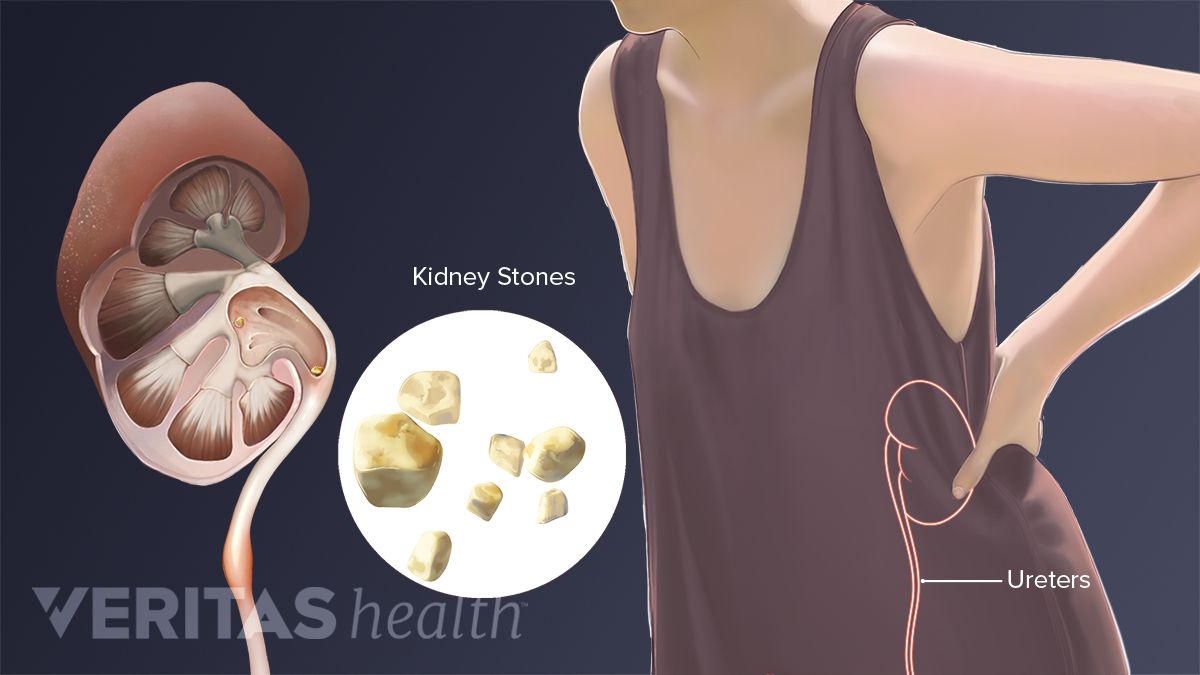Occasional Kidney Discomfort 3,8/5 7776 reviews
- Jul 15, 2019 Anal itching, medically known as pruritus ani, is a common dermatological problem affecting both men and women, although it is more common in men. It can occur at any age but seems to be most prevalent among people in the age bracket of 30 to 50 years.1 Pruritus ani is characterized by an excessively discomforting.
- Symptoms of kidney failure are due to the build-up of waste products and excess fluid in the body that may cause weakness, shortness of breath, lethargy, swelling, and confusion. Inability to remove potassium from the bloodstream may lead to abnormal heart rhythms and sudden death. Initially kidney failure may cause no symptoms.
A kidney stent is a hollow tubular structure which is medically used to drain the kidney when there is an obstruction in the flow of urine from the kidneys into the bladder. Such obstructions can arise due to various conditions like kidney stones, tumors, blood clots, postsurgical swelling or a narrowing of the ureter which are a pair of muscular tubes connecting the kidneys to the urinary bladder. Based on the severity of the obstruction these stents are either placed for a few days or weeks or may be required for a longer time period extending to several months.
Side effects and complications arising due to the placement of a kidney stent vary randomly from one user to the other. Many patients can feel the tube inside them almost all the time while others claim to have no sensation of the inserted material in their body. Before undergoing a kidney stent placement it is vital for a patient to be aware of the various side effects and complications that are generally associated with it. A basic understanding of the symptoms will help patients to know when it is essential to contact a doctor and address health issues immediately.
Occasional Kidney Discomfort Definition

Some of the most common side effects observed in patients using a kidney stent include:

Bladder Irritation – Many patients experience bladder irritation which is mainly because of the sensation of the stent which gives a feeling of discomfort and an impression of empting out the bladder incompletely.
Frequent Urination And Incontinence – Experiencing an increased frequency in urination is one of the most common side effects and is also accompanied by urinary incontinence in women.
The bloated feeling could indicate a kidney infection as well. I still won't rule out the possibility of a kidney stone though. The occasional pains you have at the computer or on the bed could be a result of it moving. Your doctor will probably take a urine sample and test it, yes.
Discomfort and Pain – A feeling of discomfort and pain is also a general side effect of having a kidney stent placement especially in the initial days of the procedure.
Bleeding – The trace of blood appearing in urine is a normal side effect which mostly disappears or decreases after the first few days of the placement. Drinking increased amount of water and avoiding intense physical activities help in eliminating this symptom to a large extent.
When one or more of the following complications arise due to kidney stent placement it is necessary to get in touch with your doctor as soon as possible:

Haematuria – While finding a few traces of blood in urine is a common side effect of a stent placement it is important to get medical advice if this symptom increases in frequency as well as in volume.
Excessive Pain – If you are experiencing excessive pain in the flank or lower abdominal area which becomes unbearable during urination it might be caused due to the dislodgment of the stent which will require immediate medical attention and readjustment.
Urinary tract infections – Patients who have a stent in their kidneys should be especially vigilant about sudden fevers and an increased sensation of pain or a burning feeling while urination. These symptoms can be indicative of a urinary tract infection which can develop due to the displacement of the stent or other secondary causes.
If you or your family member already have or are undergoing a kidney stent placement it is important to be aware of the various side effects and complications that can arise due to this procedure. While the side effects usually decrease during course of time and completely disappear after the stent is removed, make sure that you get in touch with your doctor as soon as any of the above mentioned complications surface.
Occasional Kidney Discomfort
Summary – Common side effects of kidney stent use include bladder irritation, urinary problems, pain and bleeding while rare complications like severe haematuria, excessive pain and urinary tract infections can also arise in some patients. While the complications need to be addressed immediately, with proper medical care the side effects reduce considerably after the first few days of the stent insertion.